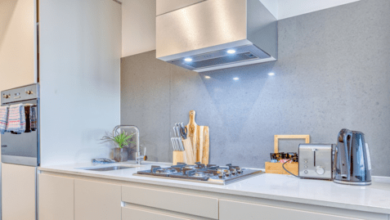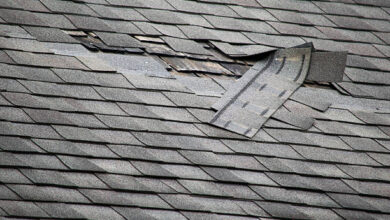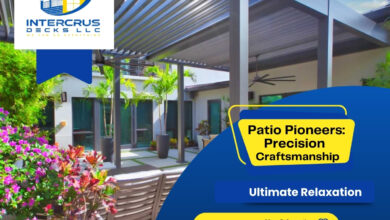Carpet Tiles vs. Traditional Carpets: Pros and Cons
Carpeting is a significant decision when it comes to furnishing your space, and understanding the differences between carpet tiles and traditional carpets is essential. Each option carries its own set of advantages and drawbacks, making it crucial to weigh them against your specific needs and preferences.
Introduction: Understanding Carpeting Options
When diving into the world of carpeting, it’s vital to differentiate between carpet tiles and traditional carpets. Carpet tiles, also known as modular carpets, are small, often square-shaped pieces that can be laid individually. In contrast, traditional carpets are typically large rolls of carpeting material that cover an entire area.
Installation Process
Installation Ease and Process
Carpet tiles offer a simpler installation process compared to traditional carpets. They are manageable, especially in irregularly shaped rooms, allowing for a more tailored fit. Traditional carpets, on the other hand, require precise measurements and cutting to fit the designated area.
Time and Effort are required.
The installation of interlocking carpet floor tiles is quicker and can be done without professional help in many cases. Conversely, traditional carpets usually demand professional installation due to their size and intricacy, which can lead to higher installation costs.

Design and Customization
Versatility and Design Options
Carpet tiles boast a diverse range of design options. They provide flexibility in mixing and matching colors, textures, and patterns, allowing for creative freedom in design. Traditional carpets, while offering variety, may have limitations in design flexibility due to their size.
Flexibility in Patterns and Styles
With carpet tiles, it’s easier to create unique patterns or replace damaged sections without replacing the entire carpet. Traditional carpets might pose challenges in this aspect, as any damage often requires replacing the entire carpet.

Durability and Maintenance
Longevity and Wear Resistance
Carpet tiles exhibit remarkable durability, with the ability to withstand heavy foot traffic. Additionally, if a portion gets stained or damaged, individual tiles can be replaced without affecting the entire floor. Traditional carpets, while durable, might require extensive cleaning or replacement if a section sustains damage.
Cleaning and Upkeep Comparison
Maintaining carpet tiles is relatively straightforward; individual tiles can be removed for cleaning or replacement. Traditional carpets often demand more effort for thorough cleaning due to their larger, continuous surface.
Cost Comparison
Initial Cost Analysis
Initially, traditional carpets might appear more cost-effective per square foot. However, when factoring in installation, carpet tiles could be more budget-friendly due to their easier installation process.
Long-Term Financial Implications
Carpet tiles offer cost advantages in the long run, as replacing damaged sections is more affordable than replacing an entire traditional carpet. Additionally, their durability can reduce the frequency of replacements, potentially saving on future expenses.

Environmental Impact
Sustainability Considerations
Carpet tiles often use recycled materials and can contribute to LEED (Leadership in Energy and Environmental Design) certification. They are generally more environmentally friendly than traditional carpets, which might have a higher ecological footprint due to their manufacturing processes.
Eco-Friendly Aspects
Traditional carpets may have limited eco-friendly options, while carpet tiles are often produced with eco-conscious materials and methods, reducing environmental impact.
Conclusion
Choosing between carpet tiles and traditional carpets hinges on various factors like installation ease, design flexibility, durability, cost implications, and environmental concerns. Assessing individual needs and preferences will help make an informed decision.


